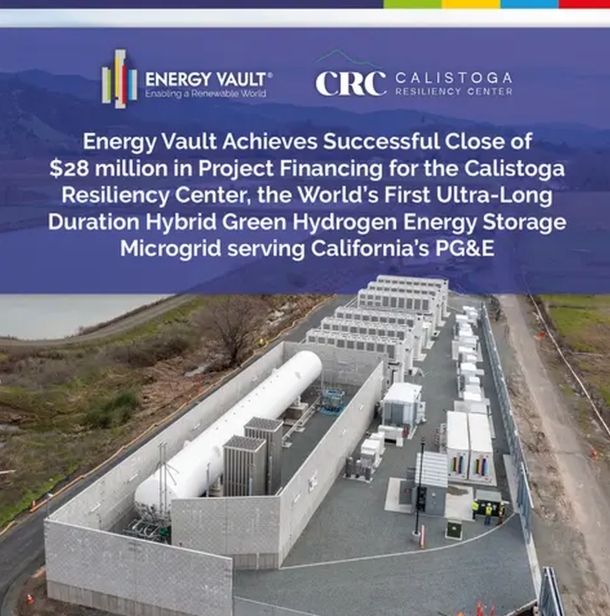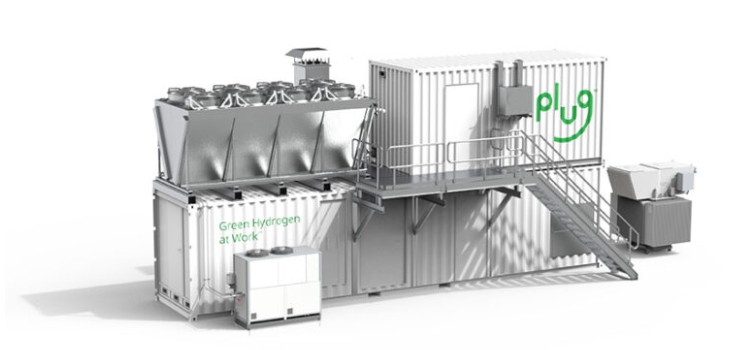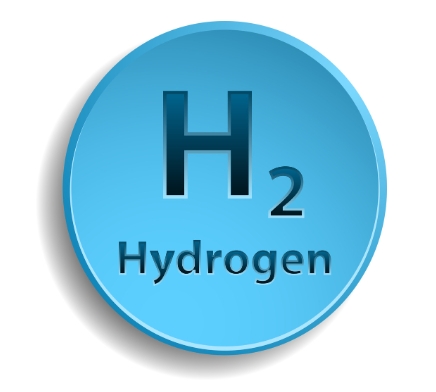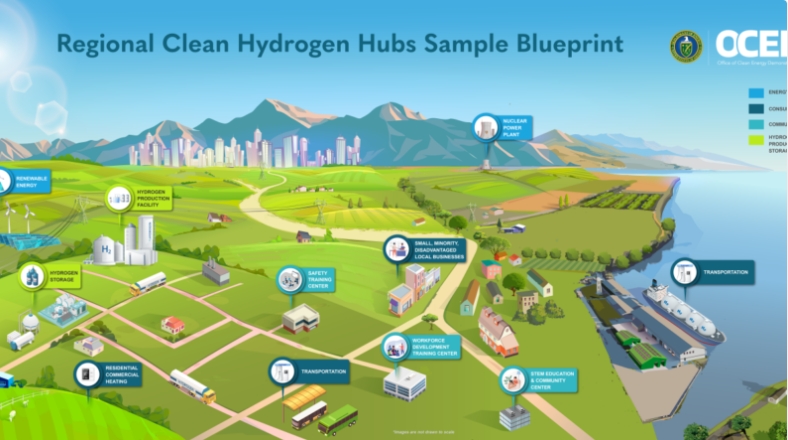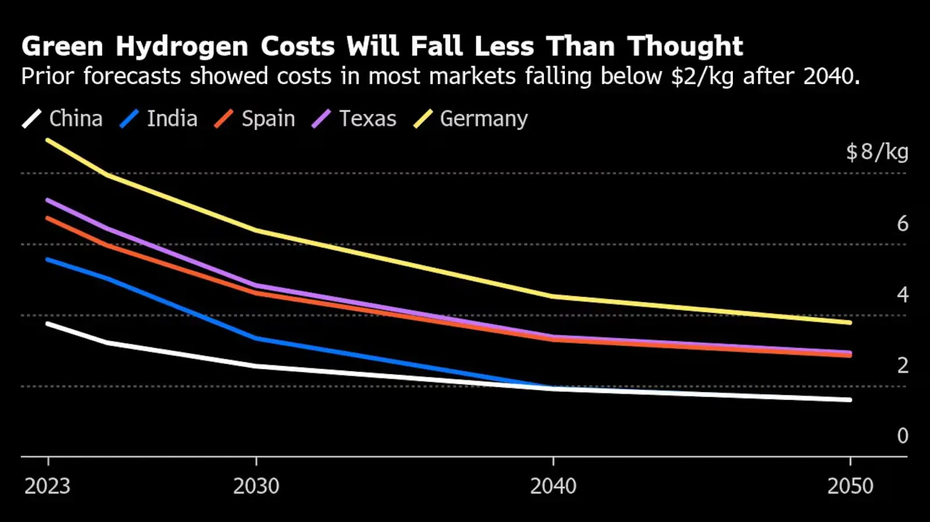The transformation of industrial sectors is pivotal to reaching net-zero emissions by 2050, however, decarbonisation is lagging due to the complex nature of challenges facing these sectors and the high risk associated with commercial projects.
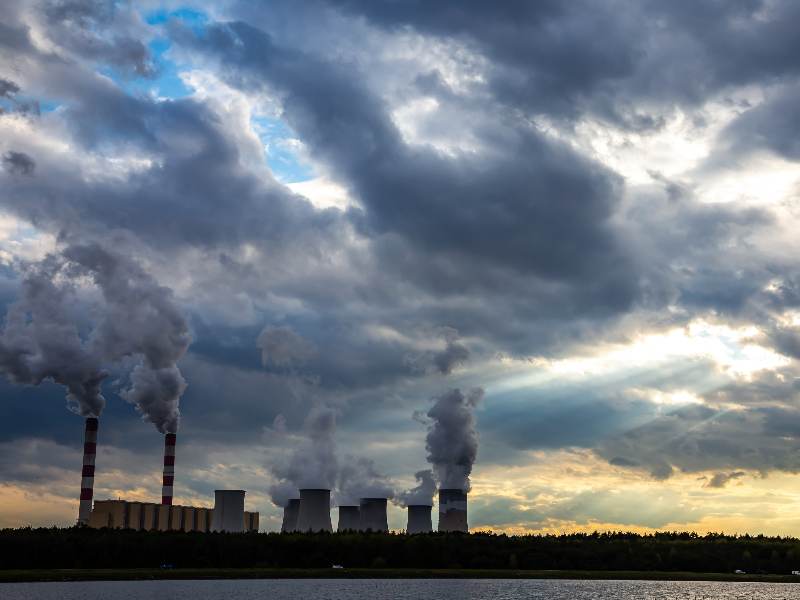 Courtesy 123rf
Courtesy 123rf
This was highlighted in the latest report released by the World Economic Forum in collaboration with Accenture, the Net-Zero Industry Tracker 2022.
The first edition of the report highlights the state of the net-zero transition in key industrial sectors and elaborates on the scope and scale of challenges hindering decarbonisation.
Industrial decarbonisation is urgent, yet there is a significant gap between the current and required pace of transformation needed to limit global warming.
“Companies are at a sustainability inflection point, where embedding sustainability by design deep into their enterprises is no longer an option,” said Kathleen O’Reilly, global lead, Accenture Strategy.
Report findings
Industries’ net-zero transformations require a new level of ambition in multistakeholder collaboration – industrial ecosystems need to join forces beyond traditional partnerships
Common standards for ‘low-emission’ production thresholds need to be established for industrial companies to calibrate the transformation of their key production processes – net-zero targets must be coupled with emission intensity trajectories at a product level to guide consistent and timely progress.
More full-scale demonstration projects need to be developed to accelerate the commercial readiness of low-emission technologies – at the current pace, these technologies won’t be commercially ready for industry adoption before the second half of the decade.
Broad adoption of low-emission technologies will be at risk if the pace of investments in enabling infrastructures does not pick up drastically – $4.2 trillion in infrastructure investments will be required over the next 30 years to ensure sufficient CO2 storage, clean power and green hydrogen production capacity.
Demand signals for low-emission products are emerging but must be strengthened and scaled up – decarbonising industries could require over $2.1 trillion in capital expenditures in production assets, which can only materialize if green premiums exist to grant producers and investors acceptable returns for their risk.
Public policy can reinforce all enabling dimensions and support the emergence of differentiated and economically viable low-emission markets for first movers – stable policy frameworks are necessary to level the playing field for first movers that are willing to invest in higher-cost, low-emission production.
Adequate risk-sharing mechanisms, supporting taxonomies and public financial support can accelerate the flow of private capital into low-emission industries – the report recommends favourable taxonomies and public funding in the form of grants, low-interest and concessional loans to reduce companies’ risk exposure. Also, multilateral public-private partnerships to finance low-emission projects can help channel the necessary capital into the first commercial-scale assets.
Espen Mehlum, head of energy, materials and infrastructure programs for benchmarking at the World Economic Forum, said: “Investments in low-emission assets are riskier for companies due to their dependencies on new technologies and infrastructure.
“Collaboration will be at the heart of making the enablers of policy, fuel demand, technology, capital and infrastructure all pull in the same direction to accelerate progress towards climate goals.”
Driving progress
The World Economic Forum and Accenture introduced this report to provide standard metrics to measure progress, boost transparency, as well as provide recommendations for industrial firms, policymakers, consumers and other stakeholders.
The report tracks the maturity of technology, access to enabling infrastructure and policy frameworks, demand for low-emission products and availability of capital for investments in low-emission assets. It assesses the state of these enablers and highlights priorities in five heavy industries; namely steel, cement, aluminium, ammonia, and oil and gas.
“While there are efforts under way and climate commitments being made, we currently lack a robust and comprehensive mechanism to understand the pace and direction of the progress of transformation of heavy industries, which account for 30% of global greenhouse gas emissions,” said Roberto Bocca, head of Energy, Materials and Infrastructure, World Economic Forum.
“Several industrial sectors and individual companies have set up targets with the aim of reaching net zero emissions. We believe that bringing transparency to closing net-zero gaps and reporting on this progress is critical to achieve these ambitious goals.”
Muqsit Ashraf, global energy industry lead at Accenture, said: “In today’s high energy and material prices environment, reducing the energy intensity of industries will also become a source of competitive advantage.”

